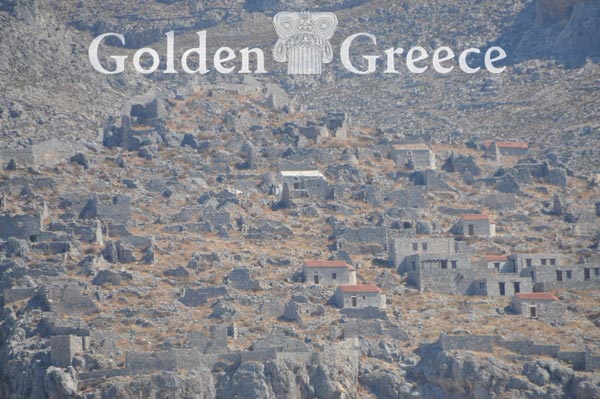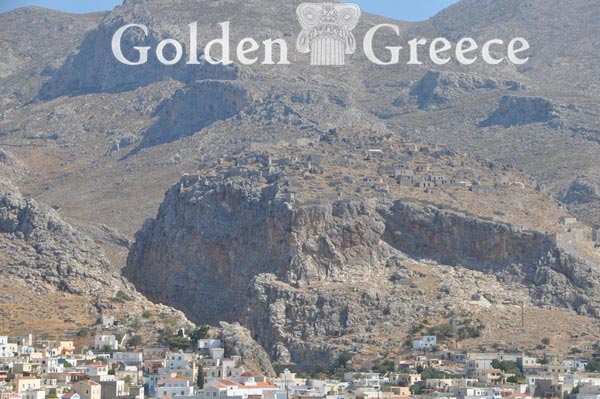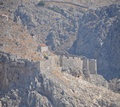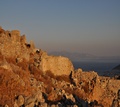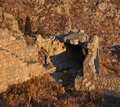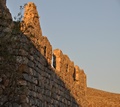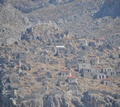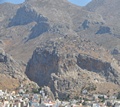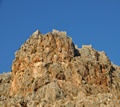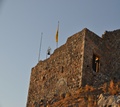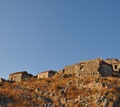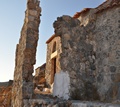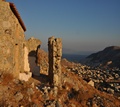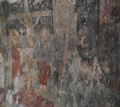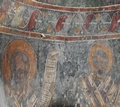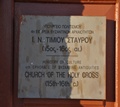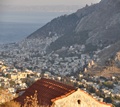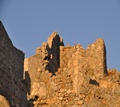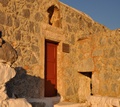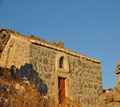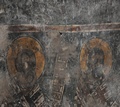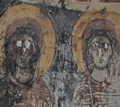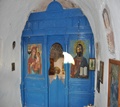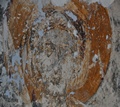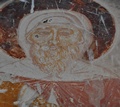
Built at the end of the 15th century, during the Chivalry period, on a natural elevation of 255m. The majestic castle-state of the Chivalry has only one entrance gate, but human habitation and activity in this area dates back to prehistoric times. After excavation, remarkable findings from the Classical and Hellenistic periods have come to light.
The first fortifications date back to the 11th century. The great earthquake of 1492 intervenes, and in 1495 the New Castle is ready. In the middle of the eastern wall rises a complex of towers for cannons. Two built-in coats of arms from 1519 bear witness to the chivalric despotism. The Castle was also inhabited during the Turkish occupation (1513-1912) but from the middle of the 18th century. the dangers disappear and the inhabitants build houses in the area of Chora. Its habitation, albeit limited, continued until the middle of the 19th century. The settlement of Kastro was wide and densely built (1200-1500 inhabitants). Among the remaining architectures, apart from several houses, stand out two large water tanks, a stone olive mill trough and part of the stone olive crushing roller. Inside the Castle, 10 churches are preserved in good condition, most of them painted by a local workshop.
Editor: Fotini Anastasopoulou
